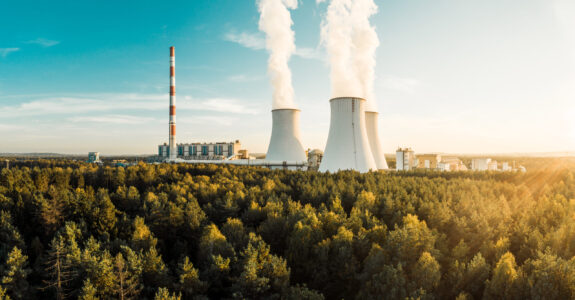
Proposed Air Quality Regulations for New Mexico’s Oil and Gas Industry
June 14, 2021
By: Chad Powell
On May 6, 2021 New Mexico proposed new air quality regulations covering the oil and gas industry. The regulations apply to specific counties in New Mexico where ambient ozone concentrations exceed 95% of the National Ambient Air Quality Standards (NAAQS) for ozone based on the 2015 standard. Those specific counties include Chaves, Doña Ana, Eddy, Lea, Rio Arriba, Sandoval, San Juan, and Valencia as of May 6, 2021. Reductions in NOx and VOC emissions, pre-cursors of ozone, are the main focus of the proposed regulations. Most of New Mexico is currently designated as in attainment for ozone. The Sunland Park area near El Paso in southern New Mexico is designated marginal non-attainment for ozone.
Proposed Regulations
The regulations include the following changes:
- Potential to Emit (PTE) calculations must be certified by a qualified professional engineer (PE);
- Implementing an Equipment Monitoring Tag (EMT) program for each emissions unit that provides specific identifying information and used to complete a Compliance Database Report (CDR);
- Phased-in engine and turbine emission standards based on horsepower and/or engine type:
- Conduct an initial inventory of all such equipment by January 1, 2023;
- Modify at least 30 percent of the existing equipment inventory to meet required emissions standards by January 1, 2025;
- Convert an additional 35 percent of the existing equipment inventory to meet required emissions standards by January 1, 2027;
- Convert remaining 35 percent of the existing equipment inventory to meet required emissions standards by January 1, 2029.
- Initial and annual engine testing requirements;
- Additional monitoring and recordkeeping requirements.
- Compressor seal requirements for centrifugal and reciprocating compressors;
- Equipment, monitoring and recordkeeping requirements for various control devices, including open flares, enclosed combustion devices (ECDs), thermal oxidizers (TO), and vapor recovery units (VRUs). For example, existing ECDs/TOs must have a continuous pilot flame or have an auto-igniter installed within one year of the effective date of the regulation;
- Audio, visual, and olfactory (AVO) and Method 21 / optical gas imaging (OGI) requirements for fugitive emissions at wellhead sites, tank batteries, gathering and boosting sites, gas processing plants, and transmission compressor stations.
- Glycol dehydrators, heaters, and liquid unloading operations associated with down-hole well maintenance events at natural gas wells have new emission standards and monitoring, recordkeeping, and reporting requirements;
- Control requirements for hydrocarbon liquid transfers (i.e. truck loading) and pig launching and receiving operations;
- Phased-in natural gas-driven pneumatic controllers and pump requirements;
- Reduced emissions threshold for storage vessel control device installation and operation;
- New emission standards and monitoring and recordkeeping requirements for well workovers, produced water management units, and small businesses;
What This Means for You
Owners and operators should evaluate their current air program and determine how these proposed regulations will impact their operations. A few of the heavy lifts include:
- Prepare an inventory of engines, turbines and the number of gas-actuated pneumatic controllers vs. the number of non-emitting controllers at facilities;
- Plan for a phase-out of existing natural gas actuated pneumatic controllers and replacement of existing engines and turbines;
- Build a database to effectively track and monitor the EMTs needed to generate the CDR; and
- Evaluate existing and new emission sources to determine where new controls may be needed and by what deadlines those controls need to be installed and operated.
For More Information
The proposed regulations are available at https://www.env.nm.gov/air-quality/wp-content/uploads/sites/2/2018/08/Proposed-Part-20.2.50-May-6-2021-Version.pdf
Have questions about this update? Need a permitting expert, or general help with your compliance efforts? Our regulatory experts can help. Click here to start a conversation.
 Chad Powell
Chad Powell
Mr. Powell has extensive experience in air permitting and compliance through working with both industry and government to implement business objectives while conforming to complex environmental regulations. He has advised clients in a variety of industries, with a focus on oil & gas upstream & midstream operations. Mr. Powell has experience with GHG calculation and reporting, permit strategy development, Best Available Control Technology (BACT) analyses, and compliance auditing.

